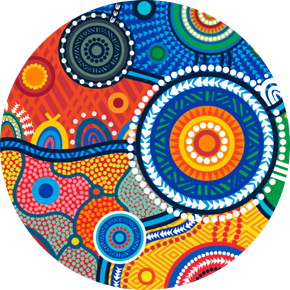Employee Experience #2 - Workplaces of the future are all about Super Experiences
Part two of our employee experiences blog series, exploring how businesses are striving to provide better workplace experiences in a bid to attract and retain top talent, as well as to drive innovation and creative thinking in the workplace.
In today’s digital global economy, businesses are striving to provide better workplace experiences in a bid to attract and retain top talent, as well as to drive innovation and creative thinking in the workplace. A global study by Deloitte in 2017 found that 80 per cent of executives rated employee experience as very important (42 per cent), but only 22 per cent reported that their companies were excellent at building a differentiated employee experience.
As a result, we’re seeing an increasing trend of companies creating ‘super experiences’ as an innovative way to inspire their workforce and attract new talent.
Super-experiences can make you feel excited or give a sense of achievement; they can stimulate curiosity, create a sense of purpose or instill a sense of belonging. These emotional reactions drive positive interactions for employees and the businesses they work for, resulting in a range of benefits for the workplace.

There are three different types of super experiences:
- Awe-inspiring experiences: They encourage employees to think differently and improve their creativity. The elevator in One World Trade Centre New York, has an immersive digital display that reveals the transformation of New York City from unsettled plains to the current forest of skyscrapers. This experience moves individuals to another state of mind as they travel up the 102 storeys of the building.
- Curated experiences: They bring people together and promote collaboration. An example is using workplace designs such as staircases through the middle of office floors to encourage ‘bump encounters’ and orchestrate cross-departmental and cross-disciplinary collaboration.
- The Learning experience: This refers to the rise in ‘omni-learning’ where people are encouraged and expected to constantly update their skills independently and pass learnings on to their colleagues. An example is Facebook’s Kahoot, a platform for staff to engage in social learning through digital gaming.
Mirvac is delivering super experiences in their buildings including Australia’s first indigenous rooftop farm, Yerrabingin, at the world-leading technology and innovation hub, South Eveleigh. The farm sees employees and the wider community volunteer to grow native Australian produce and learn about Indigenous culture and gardening. This experience pays homage to the cultural history of the site in an innovative and interactive way.
In a bid to develop further insight into the role super experiences are having on our global workplace, Mirvac recently partnered with Worktech to produce a whitepaper exploring the topic in depth.
You can download a free copy of the white paper below

Mirvac acknowledges Aboriginal and Torres Strait Islander peoples as the Traditional Owners of the lands and waters of Australia, and we offer our respect to their Elders past and present.
Artwork: ‘Reimagining Country’, created by Riki Salam (Mualgal, Kaurareg, Kuku Yalanji) of We are 27 Creative.




